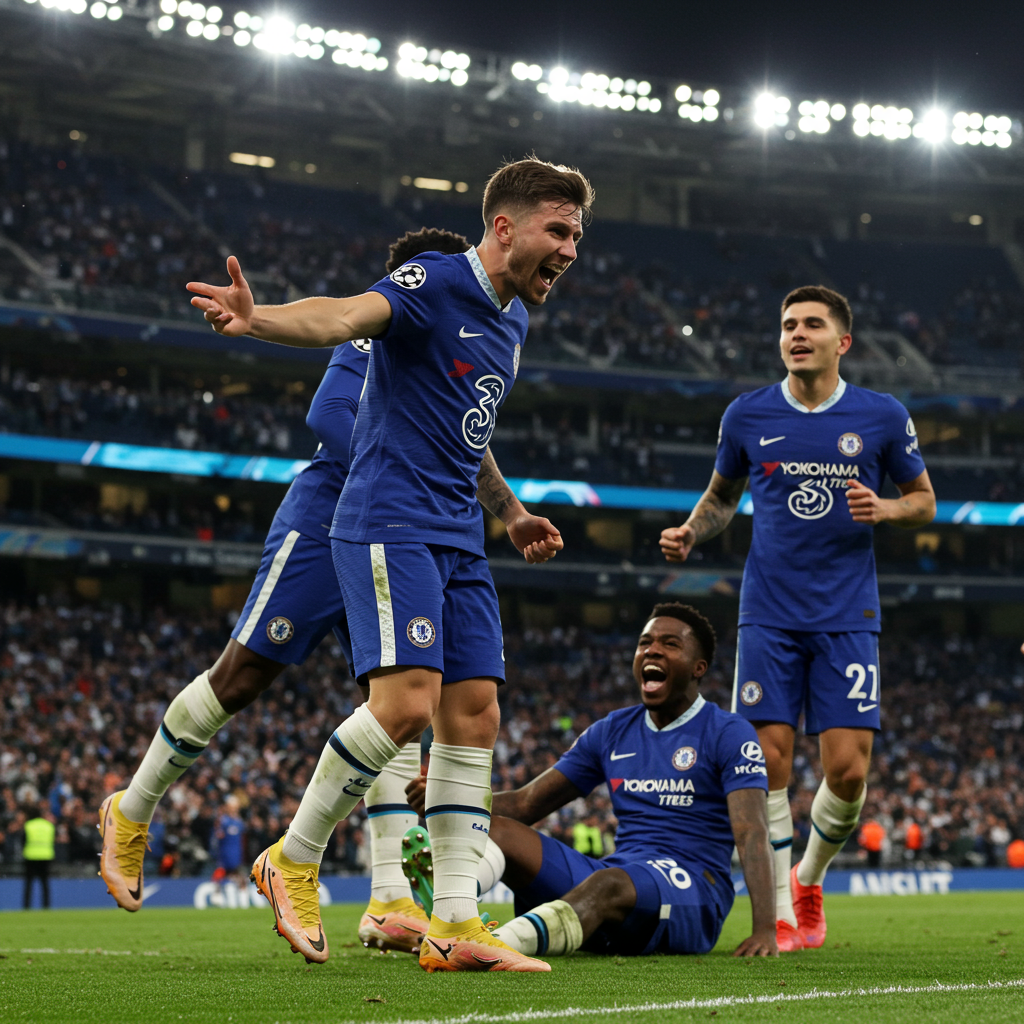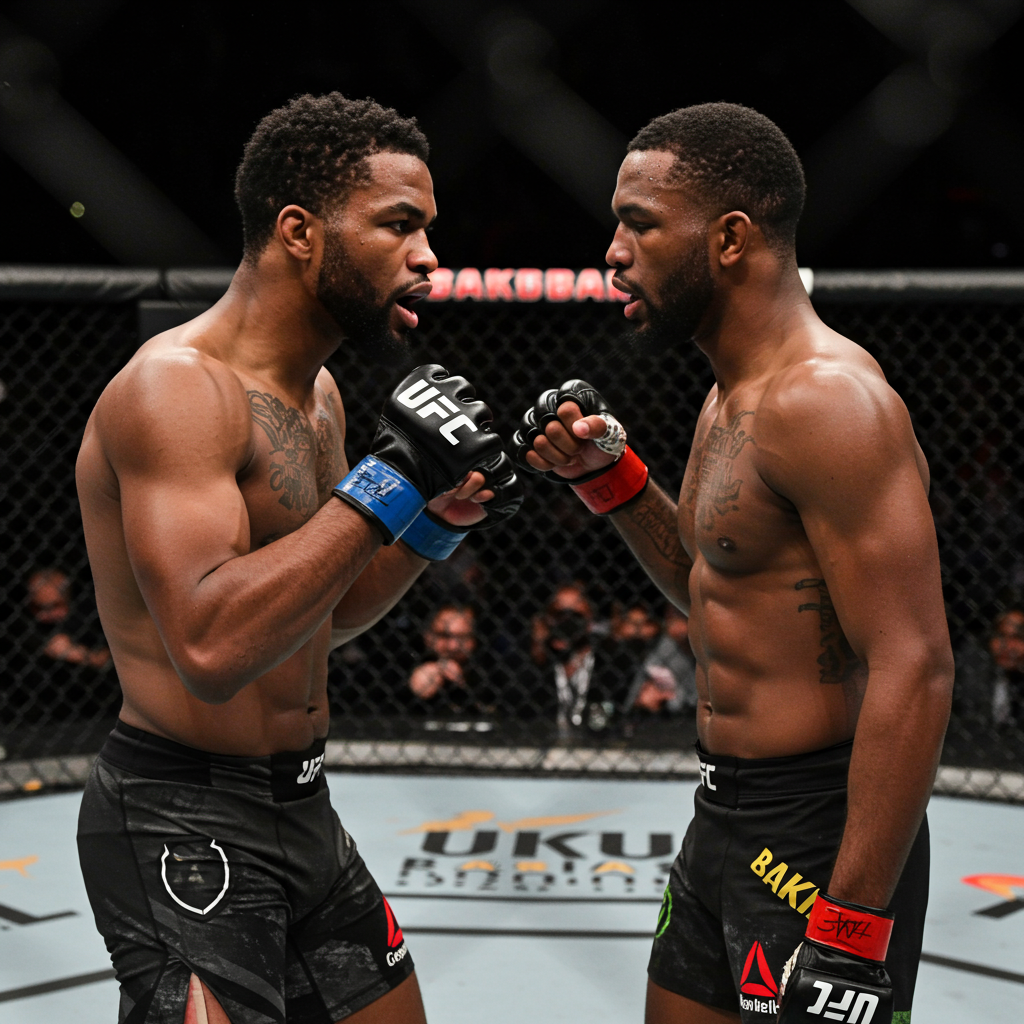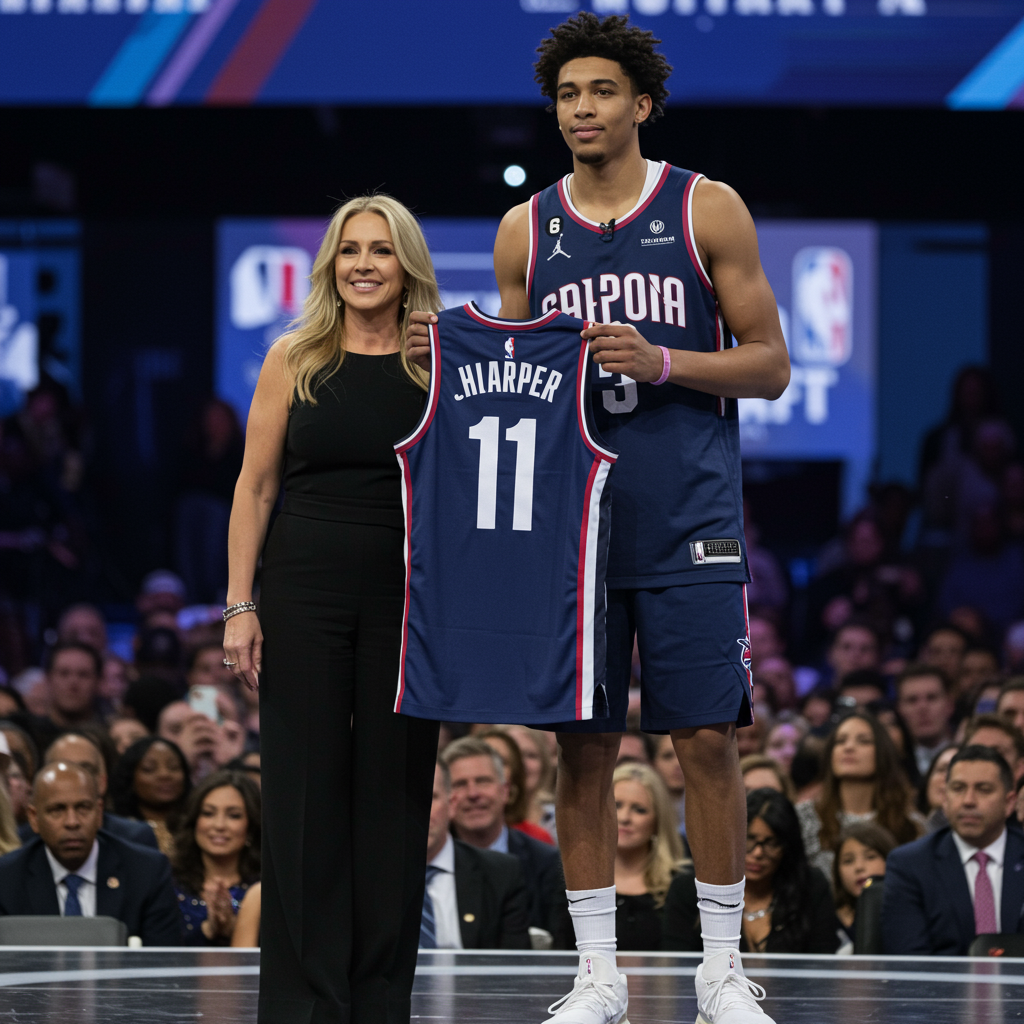In an unprecedented move that has officially reshaped the NBA landscape, the blockbuster trade sending superstar Kevin durant to the Houston Rockets has been finalized. This transaction is remarkable not only for the caliber of the player involved but also because it became the first-ever seven-team deal in the history of the league. Approved by the NBA on Sunday, July 6, 2025, this complex trade weaves together multiple separate agreements into one massive, record-breaking transaction.
The path to this historic moment began approximately two weeks earlier, with the initial agreement between the Rockets and Phoenix Suns reportedly struck just hours before Game 7 of the NBA Finals. While the core concept was Durant heading to Houston, the deal’s complexity grew over the subsequent days. As other independent trade agreements were reached throughout the league, teams found it fiscally responsible and logistically efficient to consolidate them into a single, sprawling deal. This consolidation was necessary to navigate the intricacies of NBA salary cap rules, apron restrictions, and the Collective Bargaining Agreement (CBA). What started as a two-team swap ballooned into a collaborative effort involving nearly a quarter of the entire NBA.
The Unprecedented Scale of the Deal
For the first time ever, the NBA has officially approved a trade involving seven distinct franchises. This shatters the previous record for a multi-team trade, which stood at six teams. The sheer scale of coordinating assets, players, and draft picks across such a large number of organizations highlights the evolving and often convoluted strategies NBA executives employ during the offseason. Facilitating the movement of a player like Kevin Durant, with his significant salary and impact, required creative solutions and cooperation across a significant portion of the league.
The necessity for involving so many teams stemmed from a combination of factors. Beyond simply exchanging Durant for assets, teams utilized the structure to address their own roster needs, achieve salary cap compliance, and incorporate previously agreed-upon deals. Some transactions finalized on draft night, involving the rights to incoming rookies, were bundled into this mega-deal to streamline approvals following the league’s moratorium.
Who Went Where? A Team-by-Team Breakdown
Making sense of the historic transaction requires examining the assets each of the seven participating teams received. The complexity lies in the numerous players, draft rights, and draft picks that changed hands.
Houston Rockets
The Rockets are the primary beneficiaries of this trade, acquiring two significant players. They landed Kevin Durant from the Phoenix Suns, immediately elevating their status in the Western Conference. Houston also welcomed back center Clint Capela in a sign-and-trade deal with the Atlanta Hawks. Capela, who previously spent six seasons with Houston, is expected to provide valuable depth behind Alperen Sengun.
Phoenix Suns
Moving on from their “Big 3” era, the Suns received a significant package aimed at rebuilding with youth and future assets. From the Rockets, they acquired guard Jalen Green and forward Dillon Brooks. They also received the draft rights to Khaman Maluach, the No. 10 overall pick in the recent NBA Draft, whose rights originated from the Rockets. Additionally, Phoenix received Rasheer Fleming (from Minnesota), Koby Brea (from Golden State), and Daeqwon Plowden (from Atlanta via a sign-and-trade initially linked to Hawks cap management). The Suns also obtained one second-round draft pick in this complex exchange.
Golden State Warriors
The Warriors’ involvement saw them acquire the draft rights to two prospects. They received Australian forward Alex Toohey (the 52nd pick) and guard Jahmai Mashack (the final pick in the draft) in the transaction.
Los Angeles Lakers
The Lakers secured the draft rights to rookie Adou Thiero in the multi-team deal.
Brooklyn Nets
The Nets obtained two future second-round draft picks as part of the extensive trade framework.
Atlanta Hawks
The Hawks moved both Clint Capela and Daeqwon Plowden in the deal, restructuring their roster and cap sheet. In return for their involvement, Atlanta received forward David Roddy from the Suns, one second-round draft pick (from the Suns), and cash considerations.
Minnesota Timberwolves
Minnesota’s participation in the trade resulted in them acquiring the rights to 18-year-old Australian center Rocco Zikarsky (the 45th pick) from the Lakers. The Timberwolves also received two future second-round draft picks and cash considerations from the Suns.
Key Players and Draft Picks in Motion
While the headline undoubtedly belongs to Kevin Durant moving teams, the sheer volume of draft picks and draft rights changing hands is a defining characteristic of this trade. Beyond the established NBA players like Durant, Clint Capela, Jalen Green, and Dillon Brooks, the majority of the assets involved are players recently selected in the draft or future draft selections. This highlights how teams are strategically using draft capital and sign-and-trade mechanisms to facilitate complex transactions while navigating strict salary cap rules. The inclusion of high-value picks like the No. 10 selection (Khaman Maluach) underscores the significant price paid by Houston, even indirectly through the multi-team framework, to acquire a player of Durant’s caliber.
The Timing and Official Approval
The intricate nature of this trade, particularly its expansion to seven teams, contributed to the delay in its official announcement. Despite the core Durant-to-Houston agreement being reached earlier, the NBA requires all aspects of multi-team trades to be finalized and approved by the league office. Official approvals for trades and free agency signings are typically held until after the league’s fiscal year begins on July 1st and the league’s trade and free agency moratorium concludes, which occurred on Sunday, July 6th, 2025. This specific Sunday marked a flood of official announcements across the league, with this historic seven-team Kevin Durant trade being a marquee item on the docket. The development of the trade into its final seven-team form had been anticipated in league circles, with reports from outlets like The Athletic confirming the expanding scope prior to the official approval.
Immediate Impact and Future Outlook
The immediate fallout from this historic trade dramatically shifts the competitive landscape for several teams. The Houston Rockets, having secured Kevin Durant, are now instantly vaulted into consideration as a top title contender for the upcoming 2025-26 NBA season. Their championship odds saw a significant boost following the official announcement. For the Phoenix Suns, the trade marks a definitive end to their “Big 3” era and signals a clear pivot towards a youth movement centered around acquisitions like Jalen Green and Khaman Maluach. Their championship odds understandably plummeted after trading Durant.
Clint Capela’s return to Houston provides the Rockets with a proven veteran center to complement Alperen Sengun and Steven Adams. Capela, a skilled rebounder and rim protector, brings valuable experience back to the franchise where he started his NBA career. Meanwhile, Jalen Green, still possessing significant potential, and Dillon Brooks, known for his tenacious defense, offer the Suns established players to build around alongside their newly acquired draft assets. Kevin Durant himself acknowledged the move shortly after it became official, expressing gratitude for his time in Phoenix and excitement for his new chapter in Houston, signaling his readiness to compete with his fifth NBA franchise.
Frequently Asked Questions
What makes this Kevin Durant trade the first of its kind?
This Kevin Durant trade is historic because it is the first transaction in National Basketball Association history to officially involve seven different teams. Previous record-holding multi-team trades involved a maximum of six franchises. The complexity arose from combining several pre-existing agreements and managing salary cap logistics across numerous organizations simultaneously.
Which specific players and assets were involved for each team?
The core of the trade sent Kevin Durant and Clint Capela to the Houston Rockets. The Phoenix Suns received Jalen Green, Dillon Brooks, draft rights to Khaman Maluach (No. 10 pick), Rasheer Fleming, Koby Brea, Daeqwon Plowden, and one second-round pick. The other five teams involved primarily received draft rights to incoming rookies, future draft picks, and cash considerations to help facilitate the transaction structure for the key players.
How does this trade immediately change the outlook for the Rockets and Suns?
Acquiring Kevin Durant immediately elevates the Houston Rockets into the conversation as potential NBA championship contenders, significantly boosting their projected performance for the upcoming season. Conversely, the Phoenix Suns are shifting their focus, moving away from their star-studded roster toward a youth movement and rebuilding strategy centered around players like Jalen Green and the draft capital received, resulting in a drop in their immediate championship expectations.
The official finalization of this historic seven-team trade underscores the complex financial and logistical maneuvers required to execute major player movements in the modern NBA. As teams pivot towards the new season, the ripple effects of this unprecedented deal will be felt across the league, fundamentally altering the competitive balance for the Houston Rockets, Phoenix Suns, and the many players and assets who changed hands. This transaction serves as a landmark event, setting a new benchmark for the scale and complexity of NBA trades.



